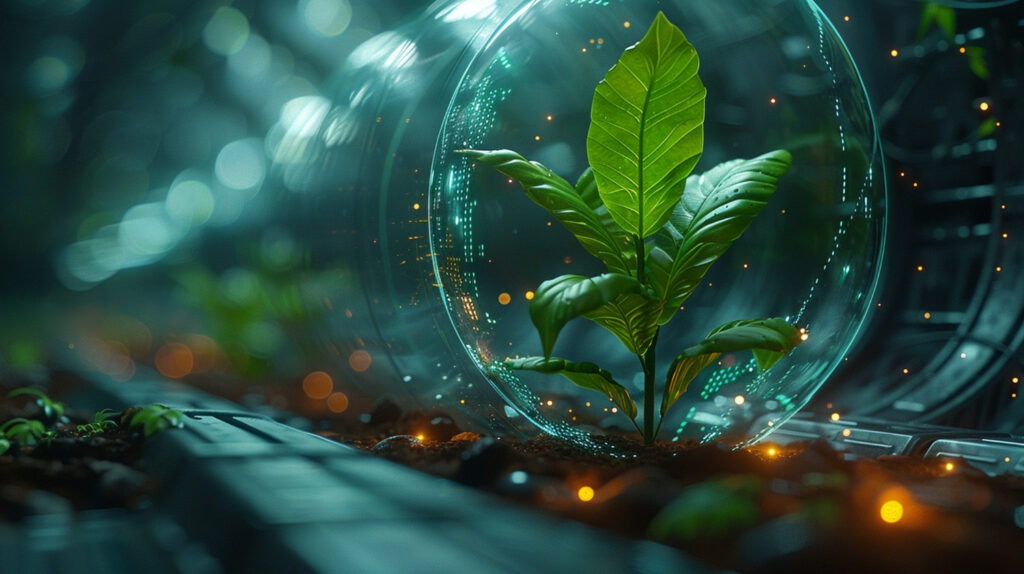The Future of Biomanufacturing Through Innovative Technologies

La biofabricación con IA y bioprinting transforma industrias clave, optimizando recursos y reduciendo el impacto ambiental.
Sustainable biofabrication is a growing discipline that promises to transform the biomanufacturing industry by making the production process of biological materials more efficient, cost-effective, and environmentally friendly. As the demand for greener and more sustainable solutions increases, biofabrication based on biomaterials and living cells emerges as a key technology to optimize processes in various areas, from tissue engineering to industrial biotechnology.
Biofabrication involves the creation of hybrid biological systems using living cells, biomaterials, and matrices to manufacture products such as functional tissues, implants, and biotechnological systems. Traditionally, these processes require large amounts of both material and energy resources, and they are often labor-intensive. The current model, based on trial-and-error methods, is inefficient and fails to meet the sustainability standards demanded by today’s society.
One of the main challenges is reducing resource consumption and minimizing environmental impact during the production of these materials. The manufacturing of biomaterials can lead to significant waste and emissions. Therefore, sustainability in biofabrication not only seeks efficiency in resource use but also process improvements to make them greener, lowering the carbon footprint and pollution. In this context, sustainable biofabrication emerges as a viable alternative through process optimization and the use of technologies that reduce waste and required resources.
Emerging Biotechnologies: Bioprinting and AI-Powered Predictive Methods
Bioprinting, or biological printing, is one of the most promising innovations in the field of biofabrication. This technique allows for the precise creation of biological structures using living cells and biomaterials, opening new possibilities for fabricating artificial tissues and organs. However, traditional bioprinting methods also face limitations related to the complexity and energy consumption of the processes. This is where new technological solutions come into play.
AI-powered predictive methods are transforming the way these challenges are addressed. Through simulations and advanced computational models, artificial intelligence can predict the outcomes of interventions in manufacturing processes, improving precision and reducing the need for physical testing. This not only minimizes resource waste but also accelerates the development of biotechnological products, which in turn can lead to greater availability of medical products, such as implants and medical devices, in a more accessible and sustainable way.
Furthermore, integrating AI into biofabrication also facilitates the design of products with predefined characteristics and greater control over their performance. This not only improves production efficiency but also enhances the customization potential in tissue engineering—an essential advancement for the development of personalized medical therapies.
The Impact of Sustainable Biofabrication on Industry and the Environment
The implementation of sustainable practices in biofabrication has a significant impact on various industries. From medicine to agriculture, and from civil engineering to ecology, biological materials created through biofabrication have the potential to revolutionize the way we produce and use products. Living materials developed through biofabrication can be applied in a wide range of uses, such as creating biological sensors, treating diseases, improving agricultural crops, and reducing environmental pollution.
For example, in tissue engineering, biofabrication can replace outdated and expensive medical practices with more cost-effective and sustainable solutions. The ability to create artificial organs or regenerative tissues from a patient’s own cells can reduce reliance on donors and minimize risks associated with transplants. In the ecological sphere, sustainable biofabrication can contribute to the removal of toxic waste and the restoration of ecosystems through bioremediation processes.








